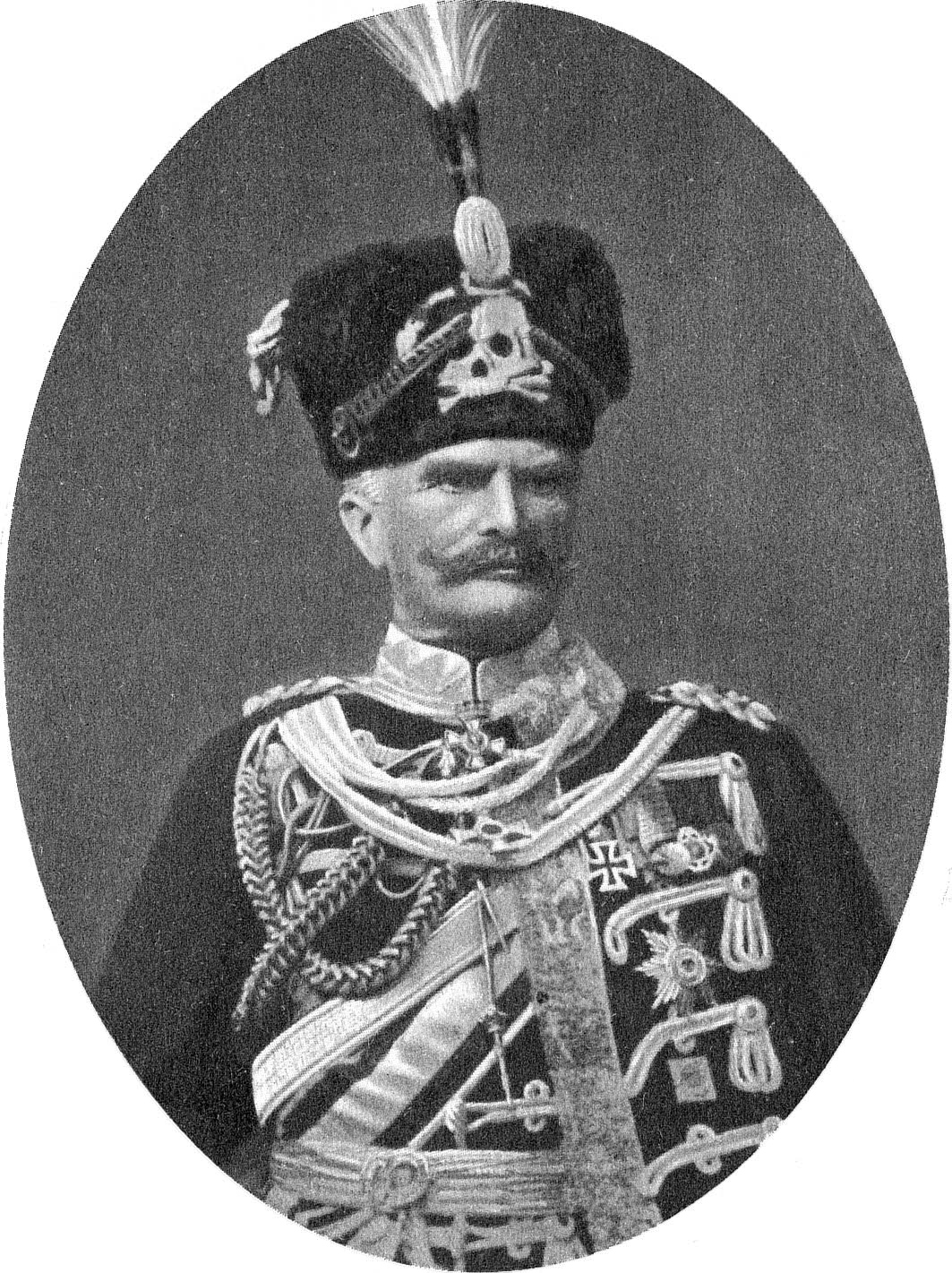MisterCairo
I'll Lock Up
- Messages
- 7,005
- Location
- Gads Hill, Ontario
that little American flag sticker on the back of your Toyota won't get you into heaven, either.
My Toyota was made in Illinois.
I live in Ontario.
Do I get to go to heaven, even if there is no flag on the back? I do not "do" bumper stickers of any description...





